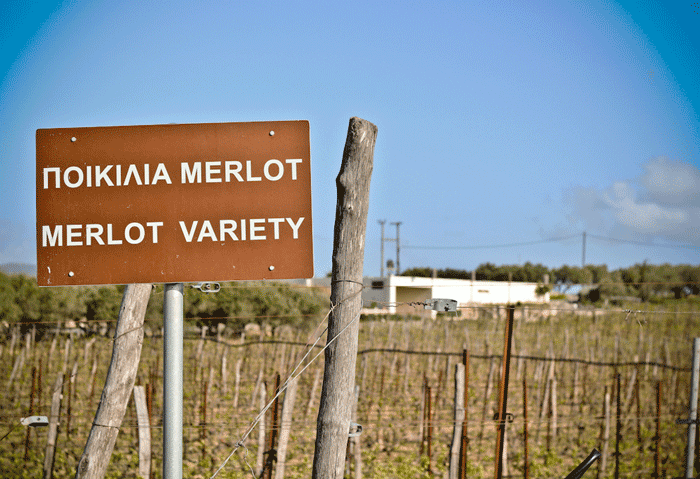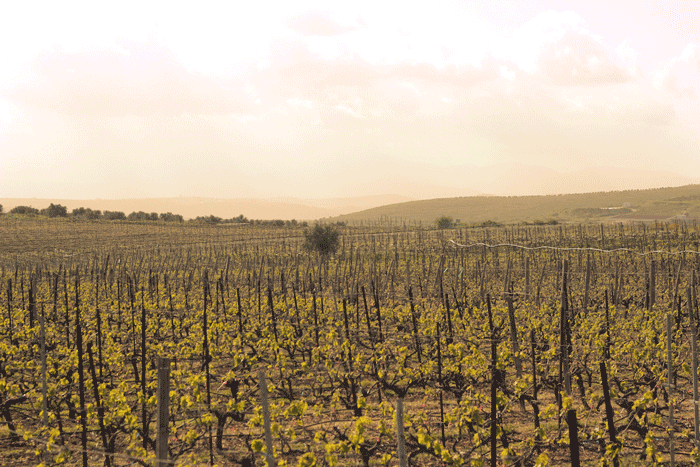Ancient and modern: new discoveries in the wines of Greece and Cyprus
Author: Demetri Walters MW
It goes without saying that Greek culture boasts one of the oldest continuous histories of wine making. What is equally well known is that the enjoyment of wine in Greece and Cyprus has hitherto been a rather hit-and-miss affair. Centuries of Moslem Ottoman rule, war, civilian displacement, and a focus on lower-quality bulk wine exports have each conspired to take their toll on the development of a stable wine sector. Add to this the Greek love affair with Whisky, Arak/Zivania and Ouzo, and it is hardly surprising that these countries have been slow off the blocks, particularly in persuading their own populations of the joys and benefits of wine consumption.
Paradoxically, despite huge economic pressures, Greece and Cyprus have never produced such a fascinating array of excellent wines as they do today.
In light of this, the focus of the Berry Bros. & Rudd’s Greek and Cypriot range has been to seek out authenticity. To my colleague from Crete, Eva Polaki, and me, this means sourcing those wines with unique and typical associations reflecting their sense of place. In so doing, we have brought to light some refreshingly unusual wines (and grapes), inevitably crafted in an artisanal fashion. Naturally, they are really very good too. These are a selection of those wines from our Hellenic Islands range.
Foremost in our establishing a coherent wine list were those near extinct white varieties from the highlands of eastern Crete. Lyrarakis farm the rare and bay-scented Dafni, as well as the textured and delicately apple-flavoured Thrapsathiri; the latter from its Armi vineyard. This same maker also produces a number of wines based on the indigenous grapes of Vidiano, Vilana and Plyto. Each of these refreshing, complex and mineral-laden wines can perfectly match most seafood dishes. Together, accompanied by Dafni, they constitute the historic and deliciously honeyed sweet wine rather confusingly termed Malvasia of Crete.
The nearby island of Santorini boasts its fair share of native grapes and wine styles. Foremost amongst these must be Assyrtiko, sometimes blended with Athiri and Aidani. In its most traditional guise, reflected in Haridimos Hatzidakis’s Nikteri, this wine reflects the one-time practice of night harvesting the basket-trained vines. Showing excellent balance, notable salinity, layered stone fruit and oxidative non-fruit complexity, this wine is nevertheless extreme in terms of the way it assaults one’s palate. His Vin Santo, largely made from the same grape and containing more than 200 grams per litre of residual sugar, is light and fresh on the palate. After six years of cave-ageing, some of it in barrels formerly home to red wine, this luscious blend shows a faint ruby tinge. The aforementioned red grape is Mavrotragano (sour black) and when made by the likes of Sigalas, produces age-worthy wines with an Italianate black cherry delicacy, marked extract, and an attractive mineral seam.
The odd one out here is Cyprus; Hellenic in culture but not part of Greece. Akis and Marcos Zambartas produce that island’s very best premium-quality red wine made from the native grape of Maratheftiko. While difficult to cultivate, Maratheftiko can reward success with a remarkable purple hue, a lovely violet bouquet and crunchy black and red berried flavours. The 2011 can be enjoyed now with a variety of red meat dishes and will reward further cellaring.
Commandaria, Cyprus’s best known wine and the world’s oldest appelled wine region, is reborn in Kyperounda’s authentically unfortified example. Made predominantly of the sun-dried berries of the white grape, Xynisteri, and supported by the local black grape, Mavro, this exceptional 2004 example was granted special licence to be matured outside of the Commandaria zone at Kyperounda’s winery in the eponymous village. They boast both the highest winery (1,150 metres) and the highest vineyards in Europe (up to 1,400 metres), high up in the Troodos range. Deliciously sweet flavours of burnt orange, caramel and honey persist for minutes on the palate. Something very great has been reborn here.
While there are some wonderful wines being made in mainland Greece, a couple of which are represented on our list, the sheer quality and variety of unique wines being fashioned on these Hellenic Islands is well worth exploring. This is just the beginning, and we hope that you will agree that these two countries are releasing some of the most exciting and authentic wines available today – hidden gems, if you will.






Mavrotragano is black and crunchy. What you refer to as sour black is Xinomavro.
Good article nevertheless
Odd one…you meant the singular one. Hidden gems regardless
Thanks for your comments Alexander – we’re pleased to have such astute readers! Demetri’s response is as follows: “You are quite right. Mavrotragano is indeed crunchy black and Xinomavro is of course sour black!”
Great post Demetri!
After visiting some of the Cyclade Islands I also felt in love with their high quality wines and the heartfelt hospitality of the Greeks.
A super-favorite one was the Vinsanto from Haridimos Hatzidakis, one of the best balances between sweetness-acidity-and flavor profile I’ve ever taste.
And the other one, thanks to your introduction was the Cipriot Kyperounda! I look forward to get for myself a bottle of the new vintage.
ευχαριστώ πολύ (Thank you very much!!)